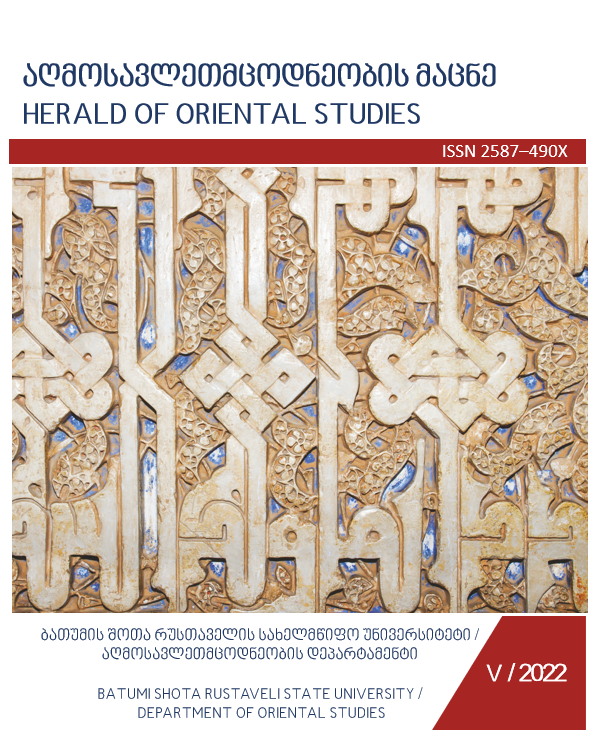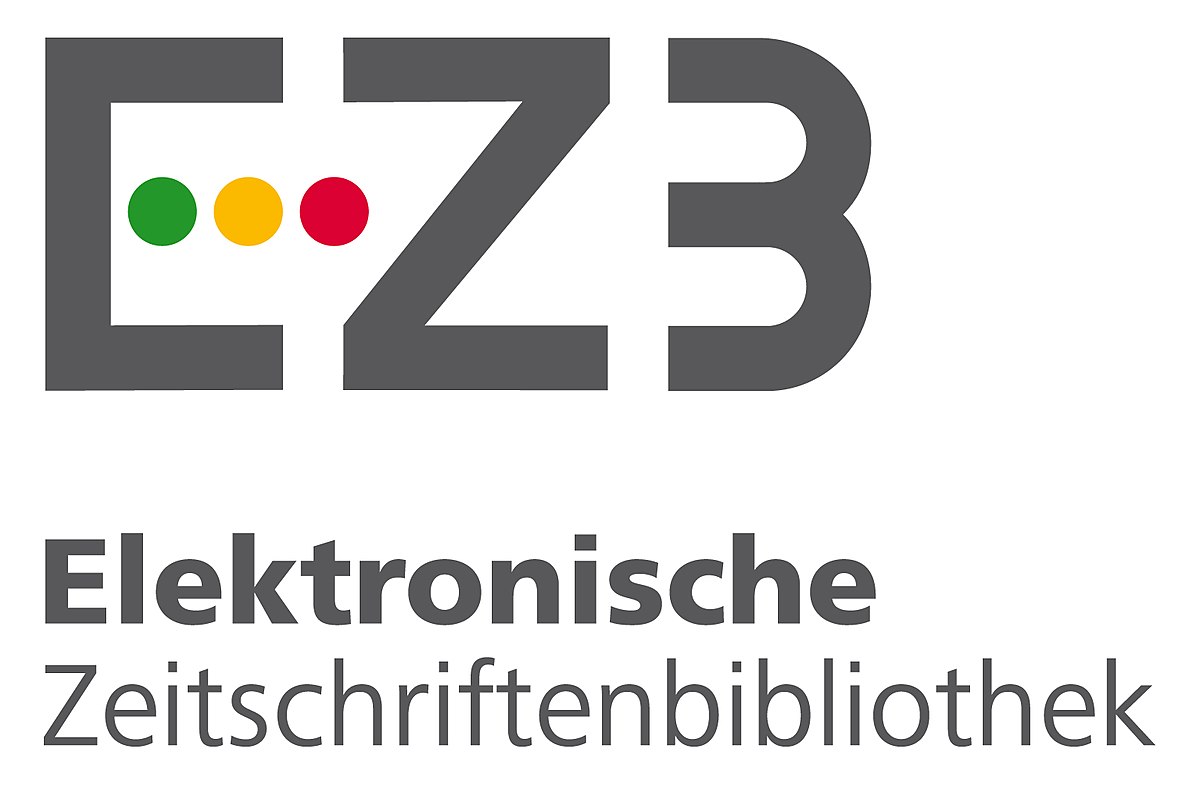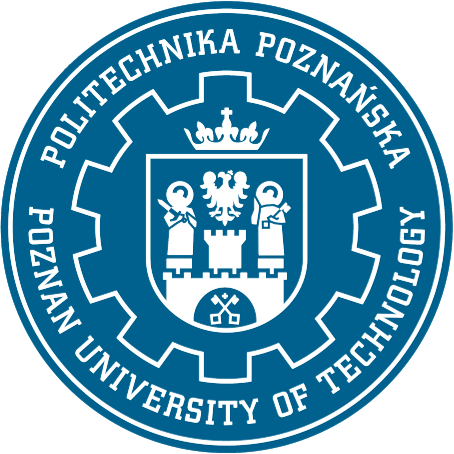The Problem of Turkey and its Unification in the European Union
DOI:
https://doi.org/10.61671/hos.5.2022.4090Keywords:
Turkey, EU, Kemal Ataturk, Erdogan, Justice and Prosperity PartyAbstract
In the twenties of the twentieth century, special political processes for the future of the country began in Turkey. In particular, Kemal Ataturk took over the presidency and created the Republic of Turkey, which laid the foundation for the transfer of the Turkish people to the European vector. All of the above opened a new window on TurkeyEU relations. It should be noted that the history of relations betweenმ Turkey and the EU dates back to 1987, when official Ankara applied for EU membership. For the successful coronation of the above process in 1990-2000. The Republic of Turkey has implemented a number of important reforms within the country that have met the declared criteria for an EU member state. The above-mentioned reforms were not delayed and Turkey received the first signal from the EU, which was reflected in the Republic of Turkey's accession to the European Customs Union in 1995.
The "Justice and Prosperity Party" came to power in Turkey with a majority in 2002, with the aim of joining the European Union as the main political ideology of the party. The ruling party continued its ongoing political reforms within the country, which included improving its legislative framework, as well as a comprehensive package of constitutional amendments that were to become the basis for meeting the criteria for Turkey's EU membership.
The article discusses a number of problems and lists the historical preconditions that prevent the Republic of Turkey from joining the European Union. It will be internal political crises or legislative gaps in the country.
Downloads
Downloads
Published
How to Cite
Issue
Section
License

This work is licensed under a Creative Commons Attribution-ShareAlike 4.0 International License.


































